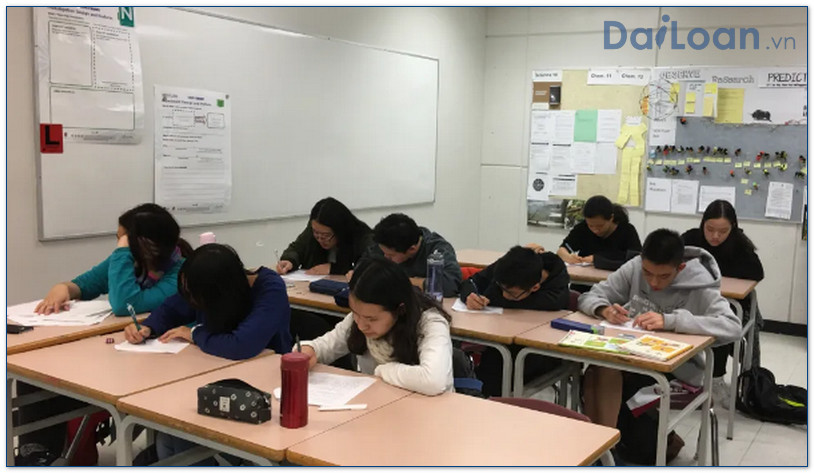Introduction to 豌豆 (wān dòu)
The term 豌豆 (wān dòu) is a fundamental word in the Chinese language, directly translating to ‘pea’ in English. It is not only a common vegetable found in various dishes but also represents broader themes in Chinese culture such as growth, fertility, and nourishment.
Understanding the Meaning of 豌豆
In Chinese, 豌豆 is composed of two characters:
- 豌 (wān) – This character suggests a round and smooth shape, indicative of the physical characteristics of peas.

- 豆 (dòu) – This character is widely employed to represent legumes or beans in general.
Thus, 豌豆 (wān dòu) collectively signifies ‘peas’. Peas are known for their nutritional value and versatility in cooking.
Grammatical Structure of 豌豆
From a grammatical perspective, 豌豆 (wān dòu) functions as a noun in the Chinese language. It is important to note its usage in sentences and how it conforms to Chinese syntactical rules.
Noun Usage
In Chinese, nouns like 豌豆 can serve various purposes in a sentence, including being a subject, object, or part of a phrase to express quantity or characteristics.
- For instance:
- Subject: 豌豆很好吃。 (wān dòu hěn hǎo chī) – Peas are very tasty.
- Object: 我喜欢吃豌豆。 (wǒ xǐ huān chī wān dòu) – I like to eat peas.
Modifiers and Classifiers
In Chinese, nouns are often accompanied by classifiers when quantifying them. For example:
- 一颗豌豆 (yī kē wān dòu) – One pea
- 许多豌豆 (xǔ duō wān dòu) – Many peas
Here, 颗 (kē) is a classifier used for small round objects, illustrating the importance of understanding classifiers for proper sentence construction.
Example Sentences Using 豌豆
To further illustrate the application of 豌豆 (wān dòu) in everyday language, here are several example sentences:
Everyday Conversations
- 我昨天买了很多豌豆。 (wǒ zuó tiān mǎi le hěn duō wān dòu) – I bought a lot of peas yesterday.
- 这道菜里有豌豆吗? (zhè dào cài lǐ yǒu wān dòu ma?) – Does this dish have peas in it?

Cooking Context
- 我喜欢把豌豆加在汤里。 (wǒ xǐ huān bǎ wān dòu jiā zài tāng lǐ) – I like to add peas to the soup.
- 豌豆可以和很多食材搭配。 (wān dòu kě yǐ hé hěn duō shí cái dā pèi) – Peas can be paired with many ingredients.
Health and Nutrition Context
- 豌豆富含蛋白质。 (wān dòu fù hán dàn bái zhì) – Peas are rich in protein.
- 多吃豌豆对健康有益。 (duō chī wān dòu duì jiàn kāng yǒu yì) – Eating more peas is beneficial for health.
Conclusion
Through this exploration of 豌豆 (wān dòu), we have gained insights into its meaning, grammatical structure, and various usages in sentences. Whether in culinary discussions or nutritional contexts, understanding this term enriches our grasp of the Chinese language and its practicality in daily life.

Sứ mệnh của Chuyên là giúp đỡ và truyền cảm hứng cho các bạn trẻ Việt Nam sang Đài Loan học tập, sinh sống và làm việc. Là cầu nối để lan tỏa giá trị tinh hoa nguồn nhân lực Việt Nam đến với Đài Loan và trên toàn cầu.
CÓ THỂ BẠN QUAN TÂM
Du học Đài Loan
Lao Động Đài Loan
Việc Làm Đài Loan
Đơn Hàng Đài Loan
Visa Đài Loan
Du Lịch Đài Loan
Tiếng Đài Loan
KẾT NỐI VỚI CHUYÊN
Zalo: https://zalo.me/0936126566
Website: www.dailoan.vn




